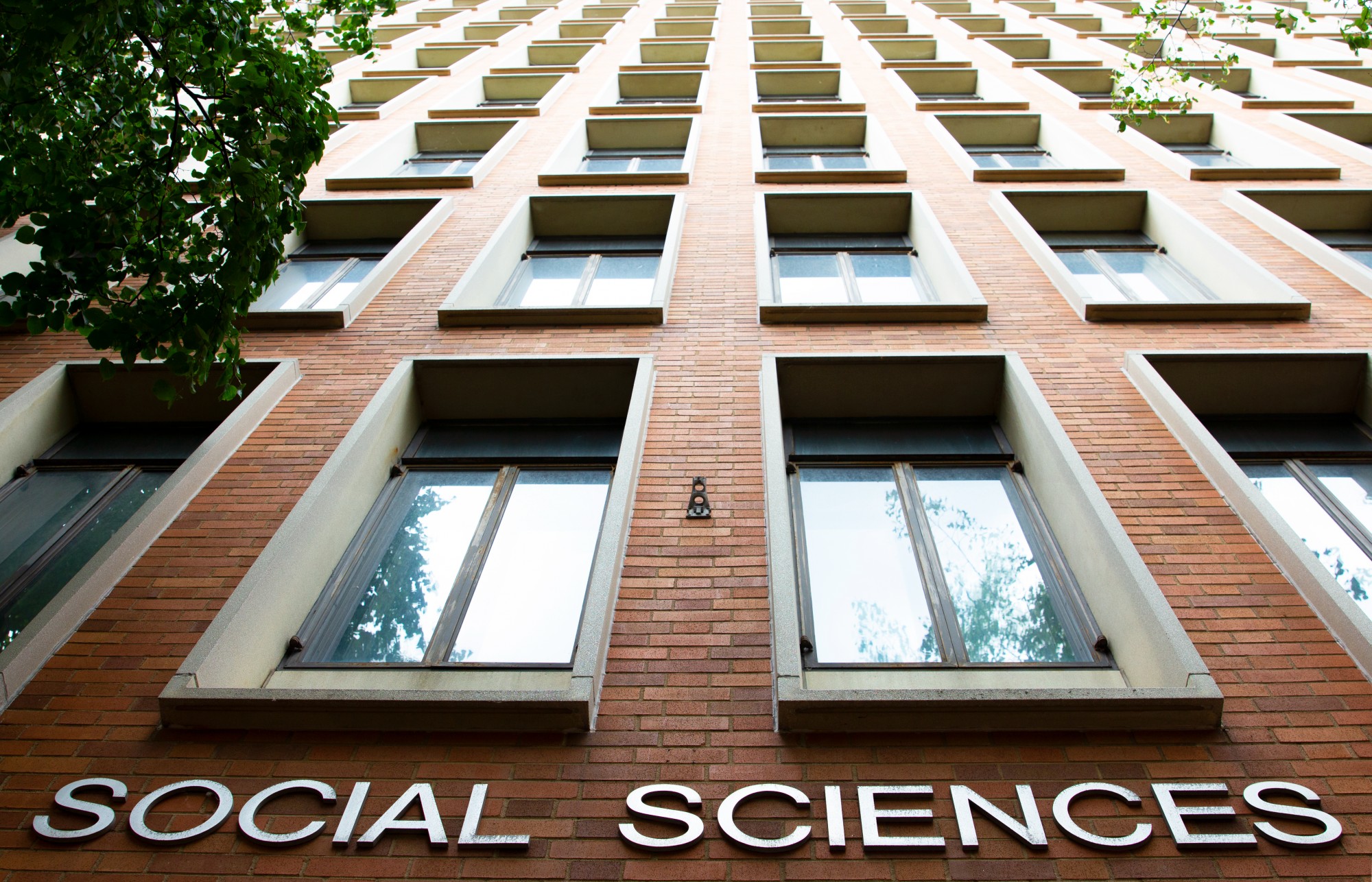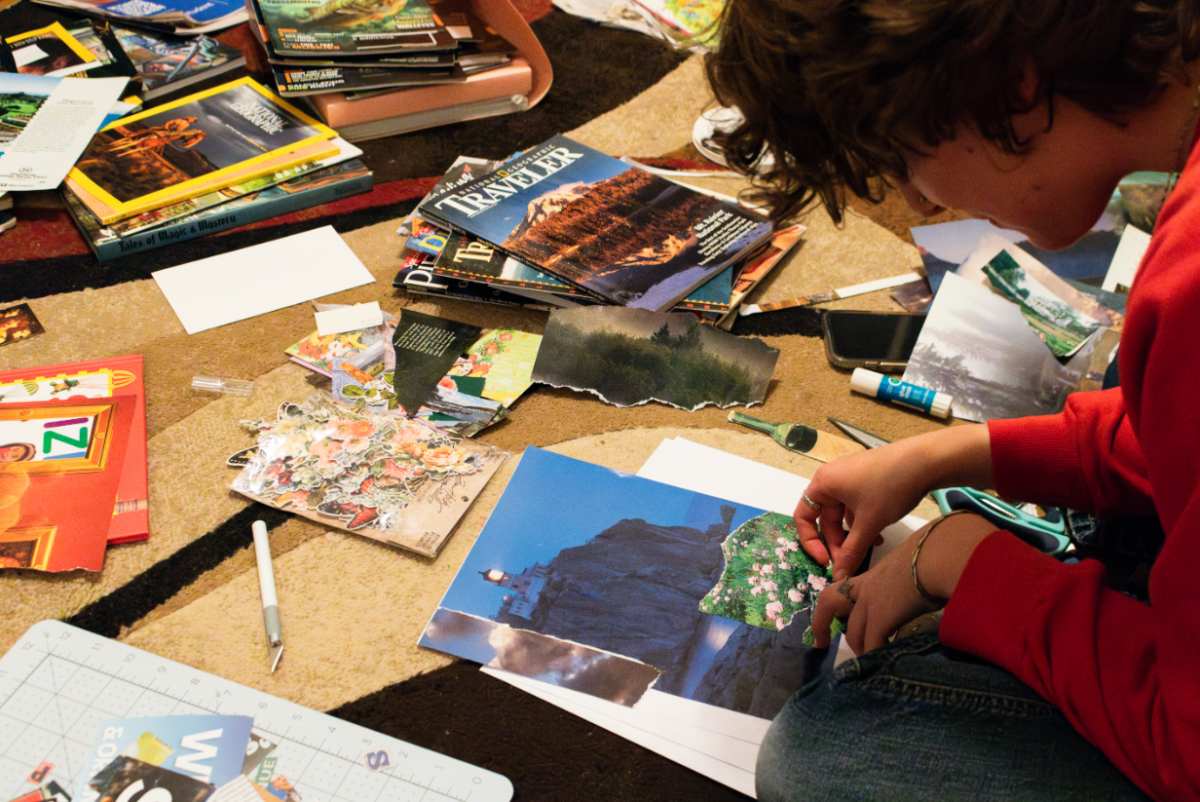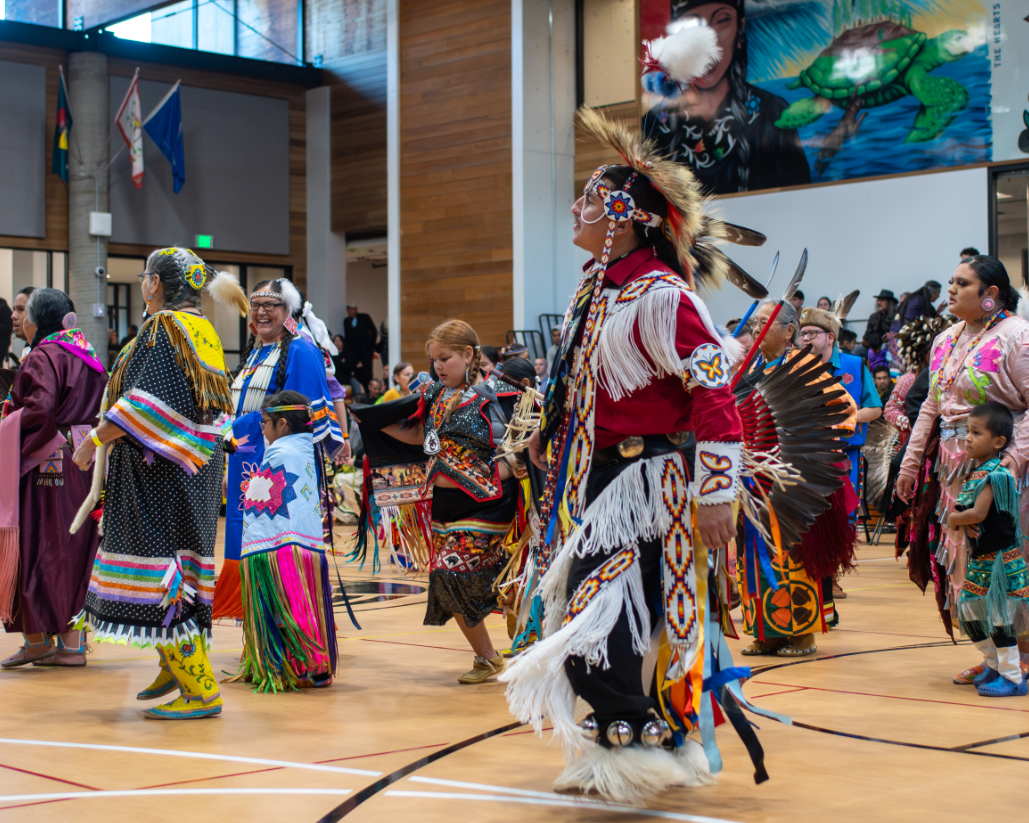Fifty years ago, following a series of events catalyzed by the assassination of Martin Luther King Jr., the Afro-American Action Committee overtook Morrill Hall and demanded the creation of an African American and African Studies Department at the University of Minnesota.
This month, a reincarnation of the group has a new list of demands for University administration.
The Black Student Action Committee, a coalition of Black University students, has formed in the wake of the police killing of George Floyd with a revolutionary legacy behind it. On June 15, after the University did not respond to a letter of demands, the group held an on-campus protest “as a response to the silence of our administration.”
Demands include permanently eradicating the building names Coffman, Nicholson, Middlebrook and Coffey and replacing them with the names of Black and Indigenous figures; disarming, defunding and minimizing UMPD, reallocating funds to BIPOC student groups; and for the University to “cease their indirect and coded language” and acknowledge the oppression and violence against Black people in Minneapolis.
“Our goal with the protest [was] to let UMN know that instead of ‘we hear you, we see you’ we want long-term action implemented,” the group said in an emailed statement to the Minnesota Daily. “We don’t want anymore listening sessions, special task forces, or climate surveys. … In the past three weeks we have seen more change than the last 10 years. The University of Minnesota administration has been getting a lot of praise from around the world, we do not believe the UMN administration deserves this.”
To act independently, the group is not registered with the University. Contrasting with the AAAC, the BSAC does not have a hierarchy within their organization and is semi-anonymous. The group has also renamed from “Afro-American” to be inclusive to all Black identities.
Beyond their list of demands, the group is advocating that the George Floyd Memorial Scholarship be exclusive to Black students, per the wishes of the scholarship’s creator, North Central University President Scott Hagan.
“To us, it feels very disrespectful to use a Black man’s death, especially a death caused by racism and state-sanctioned violence, to not explicitly help the community that was targeted,” the group said in their statement.
Though the group formed recently, individual members wrote about how taxing the process has been and the toll it’s taken on them. Many were active on the front lines of the Floyd demonstrations for weeks and spoke about their experiences while holding Black identities.
“‘Are you okay?’ That is often the question,” a student wrote. Because the group does not have a hierarchy, students responded anonymously so as to not have individuals represent the organization as a whole. “The short answer? No. No, I am not ‘okay.’ I’ve cried, distanced myself, sought help, cried again, reflected, and acted. The steady simmer of emotions boils down to one question, ‘why are Black people consistently murdered?’”
One student wrote about how inspiring and “surreal” it was to see protests happening all over the world on social media after years of passivity.
“The last few weeks have been draining, frustrating, and confusing,” the student wrote. “We seem to have normalized the reoccurring murders of Black people at the hands of the police. Why do we have to have video evidence in order for justice to be served? Truthfully, when I heard about Ahmaud Arbery’s death, I was desensitized to it. These murders by the police happen again and again, with no action. But as a Minnesotan, seeing the anger from other Black people was inspiring.”
Two historical paths toward equity
Threads of activism run deep at the University.
The Students for Racial Progress — which later became the AAAC and now the BSAC — was formed at the University in 1966.
Created to help affect change at the University, the group spent some of its early years providing support to integration efforts, sending members to assist with the Southern Freedom Rides and the desegregation of lunch counters in the South.

AAAC existed during a time of intense public discourse about the changing state of fighting for Black people. Ideas of equality, Black and African liberation and Black power reached new heights of popularity in the 1960s.
The group’s renaming to the AAAC reflected the changing dialogues surrounding the Civil Rights and Black Power movements. In 1967, AAAC brought prominent activists to campus, including civil rights leader Martin Luther King Jr. and Black Power leader Stokely Carmichael.
The Civil Rights Movement — mostly associated with nonviolence, assimilation and the early teachings of Dr. King — had reached an apex with the 1963 March on Washington, the Civil Rights Act of 1964 and Voting Rights Act of 1965.
However, the movement began to fracture alongside the rise of criticism against the nonviolent movement.
The Black Power movement was partly fueled by the “long, hot summers,” a period of urban uprisings through the mid- to late-1960s, which also included the Plymouth Avenue riots of 1967 in North Minneapolis. The Black Power ideology was led by nationalist and leftist leaders, like Malcolm X, and focused on race-specific empowerment, examining issues of race, class and colonialism through a global lens. Black Power urged change through action, rather than the philosophical approach of the Civil Rights Movement.
For AAAC, it was important that the two movements be represented when they seemed to be diverging the most in public discourse.
“We wanted to hear both sides of those strategic and philosophical outlooks,” said former AAAC member and University professor emeritus John Wright.
Wright has a rich family history with activism at the University. His father and aunt helped to fight racist housing practices at the University under Lotus Coffman’s administration in the 1930s. He said he grew up hearing their stories.

“Every generation of my family has had to battle the forms of Jim Crow and white supremacy Minnesota-style,” Wright said. “It’s a multi-generational enterprise. And each generation basically has had to pick up the baton and take things to the next level.”
In 1968, the group presented a list of demands, drafted by Wright, to University administration. After a year of unmet demands, an unsuccessful meeting with University president Malcolm Moos led to the 24-hour takeover of Morrill Hall in 1969.
By the end of the 24 hours, Moos agreed to the group’s demands and ushered in the inception of one of the first African American and African studies departments in the country. BSAC said there’s still a long way to go.
“I am tired of being kept on standby,” a BSAC student wrote in the group’s statement. “Now is the time to become radical. Be upset. We are working for racial justice on our campus and the surrounding area. Expect it.”








